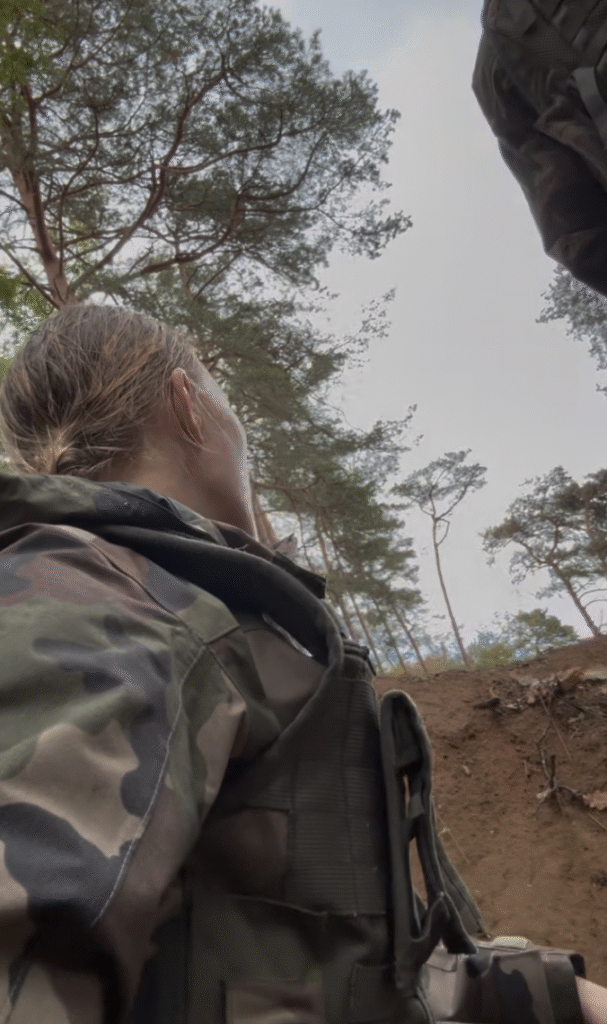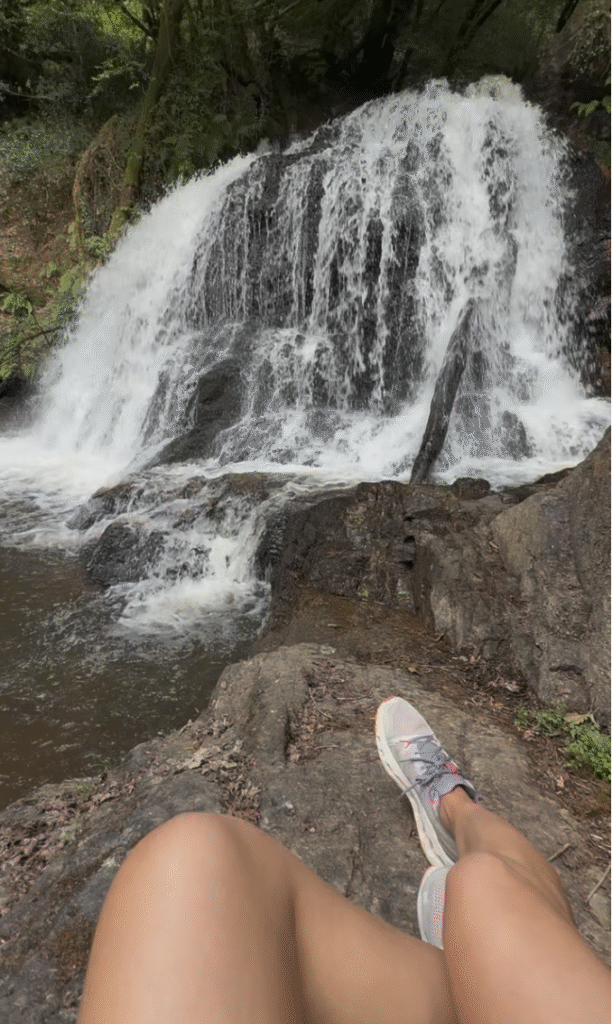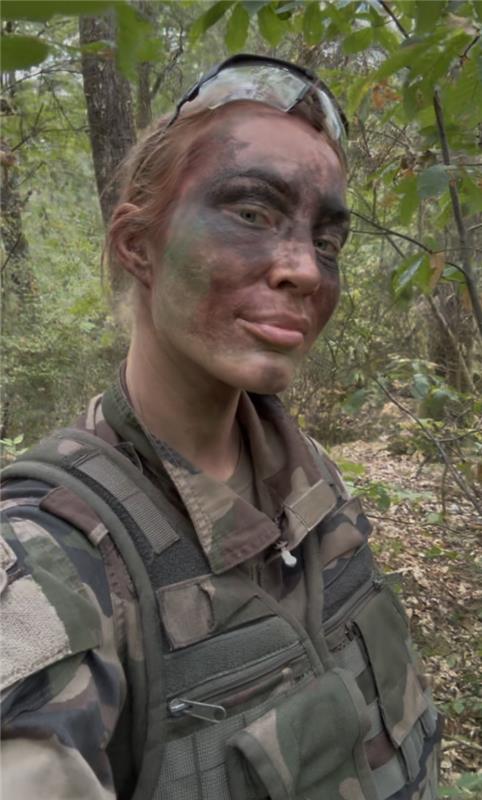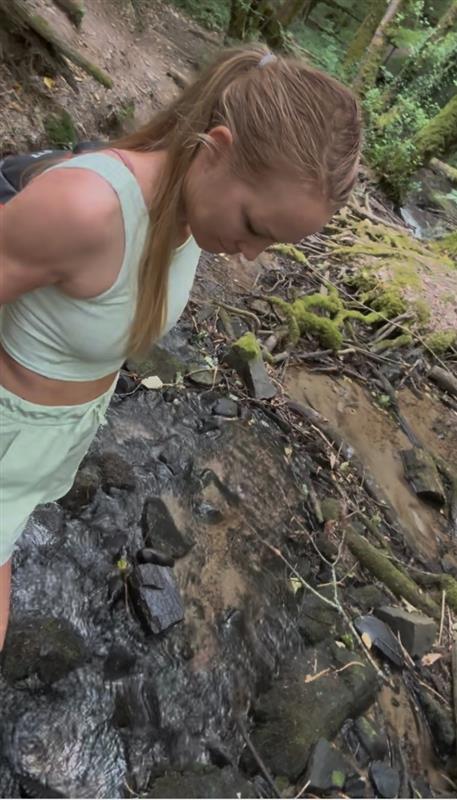August 2025 – Mindset, Training, Personal Growth
In a world built around comfort, the idea of voluntary hardship feels radical. Yet this is exactly what the Misogi challenge invites us to do: to choose discomfort as a gateway to transformation.
Inspired by an ancient Japanese purification ritual, a modern Misogi is a personal and extreme challenge that reconnects you to your essence through adversity. It is not about proving anything to others. It is about discovering something within yourself.
To be meaningful, a Misogi must follow these three principles:
This year, I chose a challenge that scared me and excited me: two weeks of real military training, in full summer conditions, with minimal rest and maximum intensity.
It included long-distance marches, sleep deprivation, and high-pressure group tasks — all while carrying a 12 kilogram backpack. The physical load was demanding, but the real weight was mental: following orders without question, enduring stress without pause, and pushing past my internal limits.
There was no control, no space for negotiation. I had to show up, every day, no matter how I felt or what the weather was doing. And that’s when the real growth started.
To survive and grow from this Misogi, I had to train with intention. I spent three months building my physical base and mental tolerance to discomfort.
Over a period of three months, I hiked two to five times per week, progressively increasing the difficulty. Each session lasted between one and five hours. I carried a 12 kilogram backpack and intentionally chose tough conditions — steep inclines, rocky paths, intense heat, or sudden rain.
The rule was simple: no matter the weather, I go. I trained under the midday sun, in high humidity, on uneven trails. I didn’t cancel or reschedule. I showed up.
This consistency became a form of self-respect. It built far more than physical endurance — it built the kind of mental resilience you can only develop by doing what’s hard, often, and without compromise.
To mimic the physical demands I would face, I focused on:
The training was realistic, not idealistic. I didn’t aim for perfection. I aimed for progress and exposure.
I fueled my body with slow-digesting carbohydrates like oats, rice, and root vegetables. I drank homemade isotonic drinks with lemon, honey, and salt to maintain hydration and electrolyte balance.
Why it matters: During long efforts, you lose minerals. If not replaced, your cells can’t absorb water correctly. That’s when fatigue, cramps, and brain fog hit.
I treated recovery as seriously as effort. I prioritized quality sleep, active mobility, stretching, breathwork, and fascia release.
Recovery is not lying on the couch. It is a protocol that supports your nervous system. It is the difference between overtraining and deep adaptation.
At the beginning, my mind was loud. I kept asking myself why I was doing this. I questioned everything — the instructions, the pace, the discomfort. I wanted to control the situation.
But during this training, there was no room for questioning. I had to follow orders without resistance.
And that was the breakthrough.
Being forced to obey, to stop negotiating with myself, broke my ego in the best way. It silenced the overthinking voice that always wants to manage, predict, or avoid discomfort. I learned to act instead of analyze. To move instead of hesitate.
This mental shift gave me an unexpected sense of peace. Letting go of control was liberating.
After a few days, I became radically present. My thoughts slowed down. My inner dialogue changed from “I can’t” to “I’m doing it.”
I started recording voice notes during hikes. Ideas came clearly. Intuition got louder. My brain was no longer foggy. It was crisp. Focused. Fresh.
And then came the silence. Real silence.
I remember reaching a river with no path. I walked into the water, fully dressed, and laughed. I felt truly alive. Not because I achieved something, but because there were no thoughts left. Just sensation. Just breath. Just being.
When you go deep into nature, discomfort strips away what’s superficial. You become raw. Real. Present.
At times, I felt joy, awe, and connection. At other moments, I felt fear — real fear. What if I fall? What if I’m alone with no signal? That river crossing or that empty path reminded me how hostile yet beautiful nature can be.And still, I loved it.
The harshness made the softness of life feel sweeter. I came back from each hike with stronger legs, a clearer head, and a deeper gratitude for simple things — water, shade, silence.
This experience changed me at the core. Not because it made me fitter, but because it made me real.
I began to trust myself more. I no longer needed to prove anything. I was content, grounded, and proud — not of a result, but of the process. The showing up. The silence. The hardship.
This is what happens when you stop hiding from effort and start seeking it on your own terms.
Your Misogi doesn’t need to be military training. It can be:
The real test is whether it pushes you to question your limits and rebuild your identity.
We live in a time of abundance, yet many feel numb, dissatisfied, and disconnected.
Because the human spirit thrives on challenge. We need friction to feel alive. We need effort to find meaning. We need silence to hear ourselves think
Like our ancestors hunted for food, today we must hunt for purpose. That doesn’t happen on a sofa. It happens on the trail. In the cold. Under a heavy backpack. In the space between doubt and action.




I share monthly reflections, training tips, stories like this, and feel-good movement tools through my Glimmer Pilates newsletter.
[Subscribe here] and start your own evolution. Call to action subscribe to the newsletter]